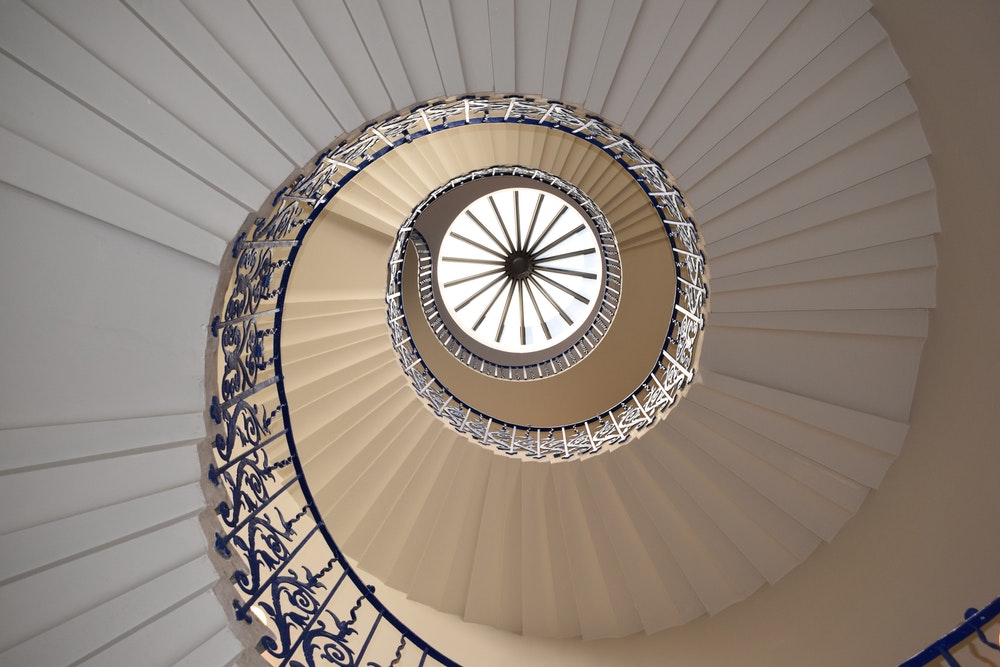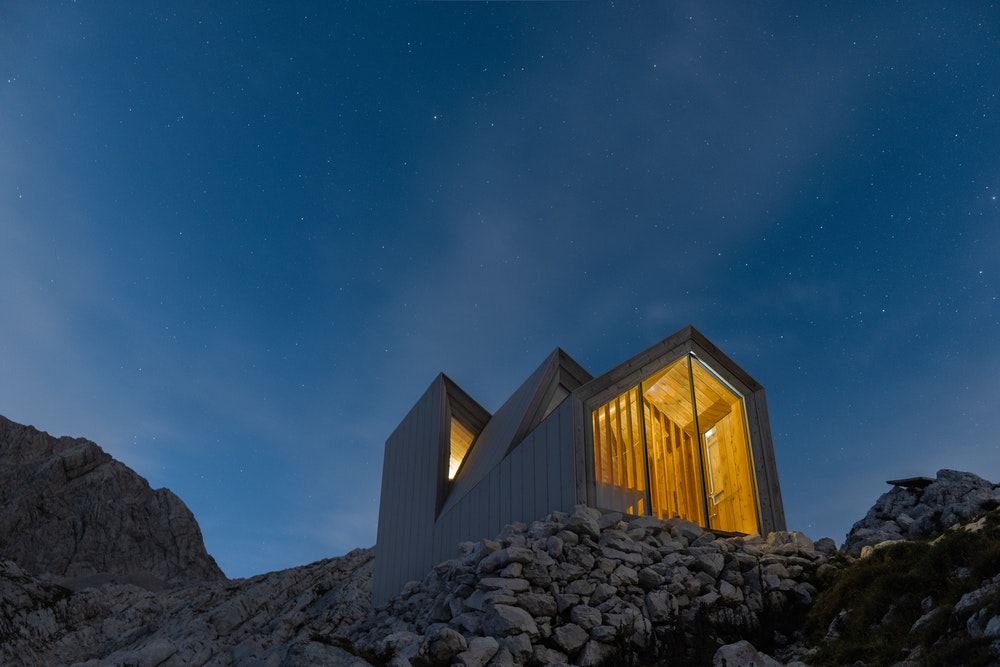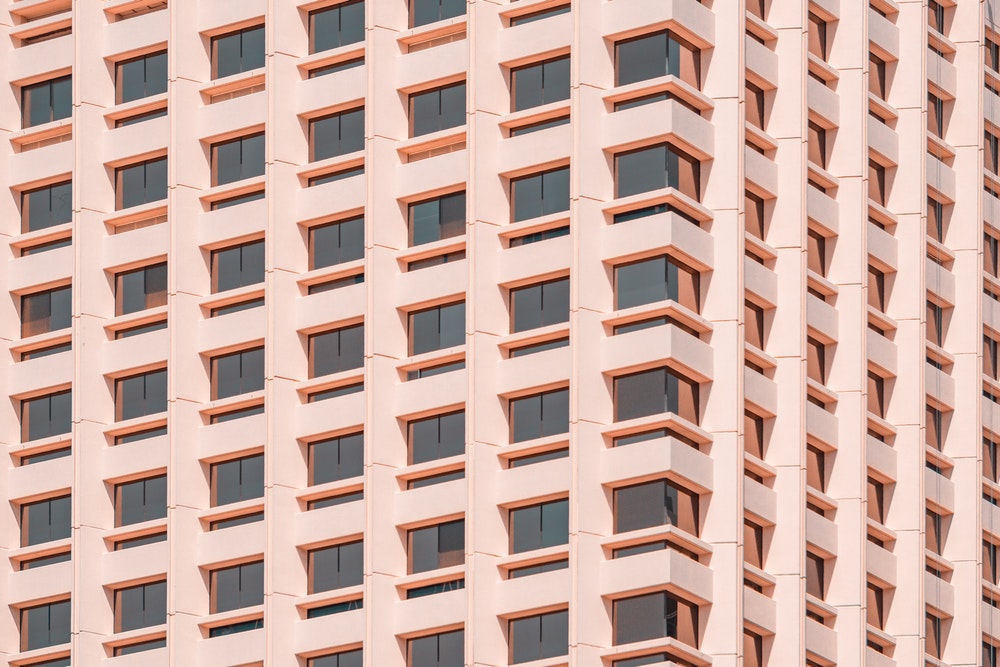Essential Guide to Architectural Photography

No matter whether you are a complete beginner or you want a bit of improvement, this article will help you. Architectural photography is certainly not a new name in the field of photography. It has been around for quite a long time. In fact, some of the oldest photographs that have been taken yet belong to this category.
From the old days till now, it has remained one of the most popular genres in photography. Your enthusiasm to get started with architectural photography is definitely going to be pumped up with this article.
Here are the things you need to know before getting started with architectural photography. Let us start by taking a look at the fundamentals.
Want to earn money from your hobby?Sign up free as a Stockphoto.com contributor today!
|
What is it all about?
Before we go into further details, let us first talk about the basics. Architectural photography is all about capturing the architecture. It might be a building, or a component of it (interiors or exteriors), whenever you are focused on capturing images of buildings or structures.
Whenever you are capturing the patterns and other details of structures, it would fall under the category of architectural photography.
A career in this field is quite interesting and prosperous as well. There are some photographers who focus on representing the fine details of structures in an artistic way. There are others who are inclined towards specific shots based on advertising needs.
You are free to choose a path based on your choice. The point is, you will never run out of options in this field.
How can you get started with it?
Now that you are aware of the fundamentals, it is time to take a look at the requirements to get started with this one. You will never be able to do something remarkable by following the wrong path. Let us take a look at the elements of the recipe for a perfect architectural photographer.
You need the right gear first
You can never be a good photographer if you ignore its technical aspects. In fact, this is the point where everything begins. There are several elements involved here.
First, you need the right camera. And any DSLR full-frame camera will work here. Full frame cameras are the best because they are good at capturing high-quality images and you get more control over perspective.
The second most important element is the lens. You can make use of the major lens types based on your specific demands. Tilt-shift lenses work the best for adjusting the angle of the camera at the perfect angle and minimising distortion at the same time. A zoom lens is the best for capturing the fine details of any architectural structure.
On the other hand, the standard lens is good for capturing sharp images of architecture. In some cases, you need to fit gigantic structures in the frame. Making the proper use of a wide-angle lens will work the best in this case.

Select the location carefully
There are several options that you can go for in this case. The best way to start is by choosing an old building. A large number of government buildings are usually old, you may go for them.
Then there are museums, historic monuments, landmarks, etc. if you want to catch something even more interesting. All you need here is to make the structure speak for itself through the photo. Make sure the details you have captured are visible to the eyes of normal people as well.
There is plenty of places you can visit. In order to make it simple, you should follow the footsteps of someone successful in this field.
Shoot the same subject at different times
You will be able to shoot remarkable photos in this category in architectural photography by shooting the image at different times. If you are more patient, you can do it in different weather as well.
Keep on revisiting the site. Shoot photos during sunrise, sunset, or in the blazing sunlight. Some of the most stunning photos of architectural photography have been captured in the night.
The same photo can be really enthusiastic and full of interest if the image contains snowfall, or a sky full of clouds. All we want to say is, you can choose the best photo if you have multiple photos of the same architecture that is composed of different elements.
Try to find the elegance from a different perspective
This is quite a big one. You will be astonished to see the way structures look different if you try a different perspective. Since you have to capture unique photographs, you should put every bit of effort to find something different and appealing.
All you need to do here is compose your photo in the best way. You can make the right use of leading lines, other patterns to make it right. But remember that basic rules of photography like the rule of thirds and others are very helpful.

Don't hesitate in including people into the frame
Architectural photography is all about buildings as people think. Though your main focus is on the buildings you should be ready to include people in the frame. Photography is all about conveying a message.
And the architectures exist in the world only in a proper relationship with people. Taking people into the frame is very helpful in giving a natural look to your photo. Doing it will certainly help you add some message in the photo. You can think of it in many ways.
Some architectures are made to fulfil the specific needs of people. You can include people in the frame to describe the way people use that architecture. The way of interacting with architecture is quite different in the case of monuments and landmarks.
You can depict the aspect of the relationship between people and architecture in many ways and bring your photo to life.
Photographers! Earn a $200 Sign up Bonus... |
|---|
Interested? Sign-up here(more details) |
Final words
We hope this article helped you with the basic aspects of architectural photography. One thing that is common in almost every category of photography is your ability to break the rules.
If you see a chance of getting a perfect shot by breaking some rule, never hesitate to break it.
About the Author
Emma Taylor is an Australian blogger and photographer, who lives in Melbourne with her two cats, where she frequents live theatre and wine bars.


